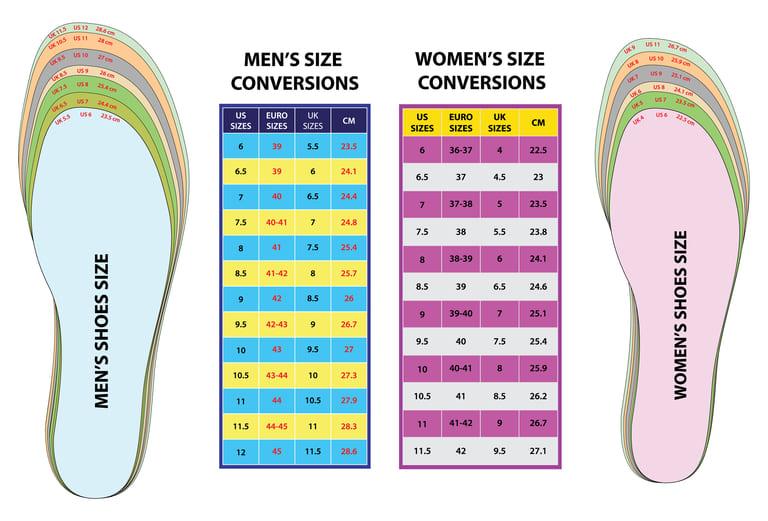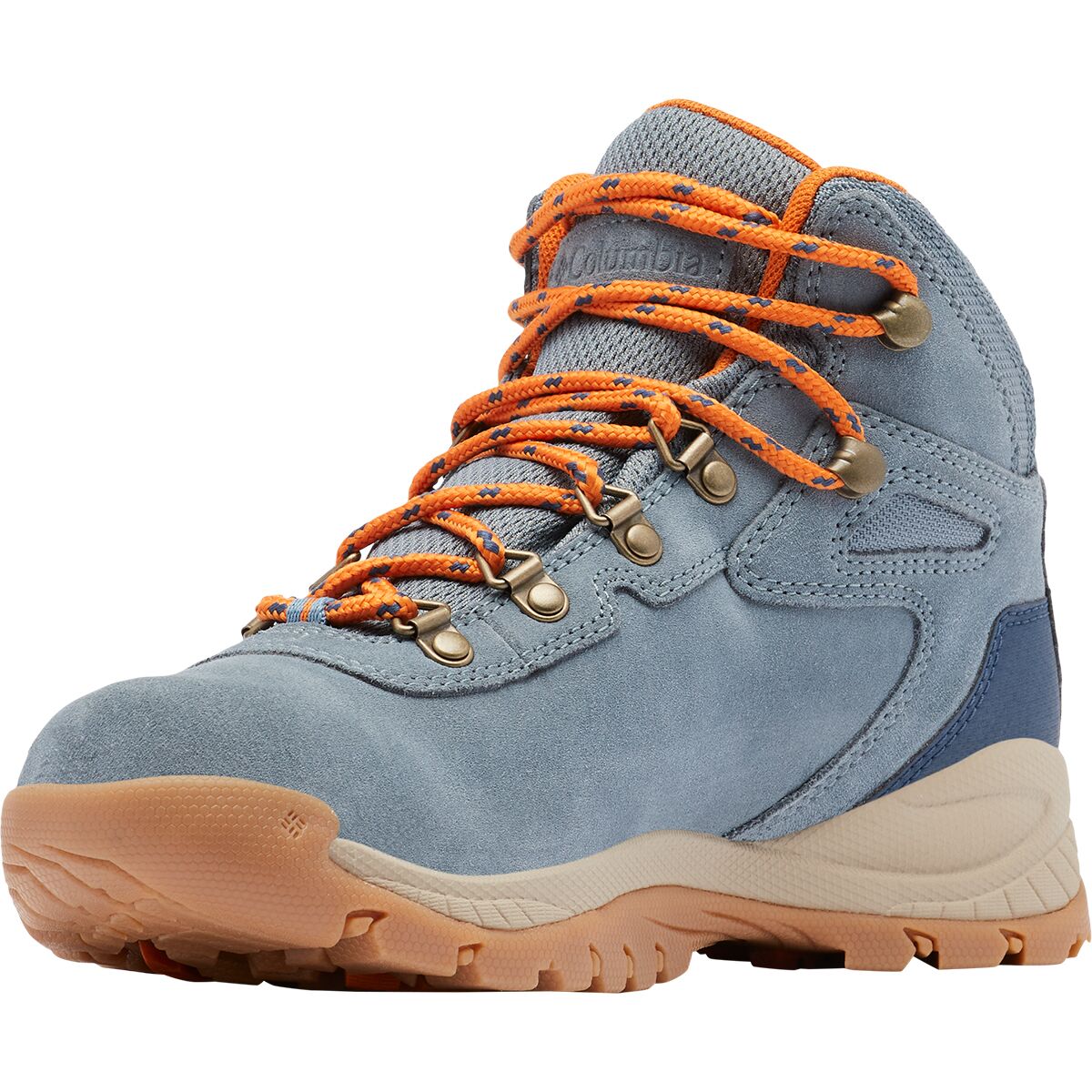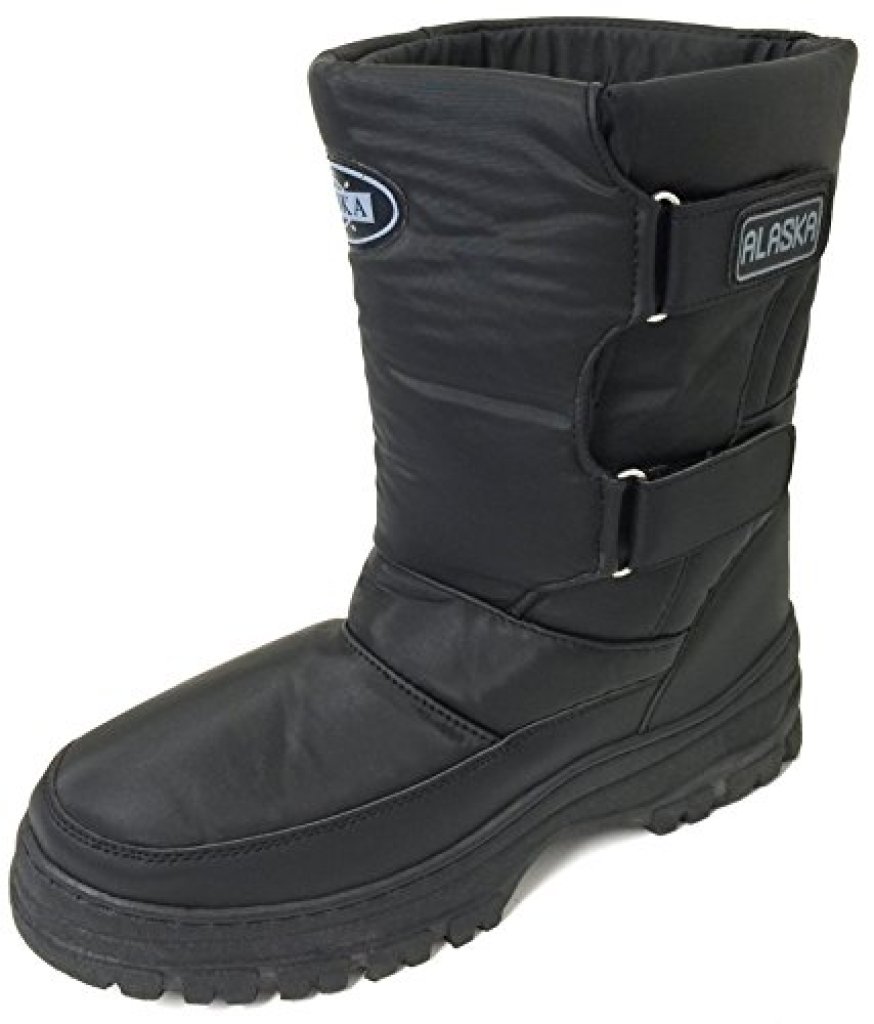5 Shoe Size Tips

When it comes to shoe size, finding the perfect fit is crucial for both comfort and performance. Whether you’re an avid runner, a fashion enthusiast, or simply someone who spends a lot of time on their feet, understanding how to choose the right shoe size can make a significant difference in your daily life. Here are five shoe size tips to help you navigate the sometimes confusing world of footwear sizing.
1. Measure Your Feet Correctly
Measuring your feet is the first step in finding your correct shoe size. It’s surprising how many people rely on their perceived size or what they’ve been told is their size, rather than taking accurate measurements. To measure your feet, you’ll need a ruler, a pencil, and a piece of paper. Place the paper on a flat surface and stand on it with your weight evenly distributed on both feet. Trace the outline of each foot on the paper and then use the ruler to measure the length and width of each foot tracing. The longest length and widest width will give you your foot size. Remember, it’s best to measure your feet at the end of the day when they are at their largest.
2. Understand Shoe Size Charts
Different shoe brands and styles can have varying size charts. What might be a size 8 in one brand could be a size 7 or 9 in another. It’s essential to check the size chart for each brand you’re interested in. Some brands also offer half sizes and wide or narrow fittings, so don’t neglect to check for these options if you have particularly wide or narrow feet. Understanding and referring to these charts can help you find a more accurate fit, even if it means trying on several different sizes.
3. Try Shoes On at the Right Time
The time of day you try on shoes can affect the fit due to foot swelling. Feet tend to swell throughout the day, especially if you’ve been standing or walking a lot. For the most accurate fit, try on shoes in the late afternoon or early evening when your feet are at their largest. This ensures that the shoes won’t be too tight during the times when your feet are most swollen.
4. Consider the Shoe’s Material and Stretch
Different materials have different levels of give and stretch. For example, leather shoes can stretch over time, providing a more comfortable fit as you break them in. On the other hand, synthetic materials may have less give, so it’s crucial to find a size that fits well from the start. Understanding the material and its stretch can help you decide whether to size up or down if you’re between sizes.
5. Don’t Neglect the Width
While length is often the primary concern when it comes to shoe sizing, the width of the shoe is equally important. Ill-fitting widths can lead to discomfort, blisters, and even long-term foot problems. Many brands now offer wide or narrow fits in addition to standard widths, so don’t hesitate to explore these options if you find that standard widths don’t fit you comfortably. Remember, the right width can significantly impact how comfortable your shoes feel, even if the length seems correct.
How often should I measure my feet to ensure I'm wearing the right shoe size?
+You should measure your feet every 6 to 12 months, as foot size can change due to various factors such as aging, weight gain or loss, and pregnancy. Additionally, if you notice any discomfort or persistent issues with your current shoes, it might be a good time to remeasure your feet.
Can I rely on online size charts for accurate shoe sizing, or should I try shoes on in person?
+While online size charts can provide a good guideline, it's recommended to try shoes on in person whenever possible. This allows you to get a feel for the shoe's material, its fit on your foot, and how it supports your arch and ankle. If buying online, consider brands that offer free returns or exchanges to ensure you can find the perfect fit.
How do I know if my shoes fit correctly, beyond just the size number?
+A good fit is about more than just the number. Pay attention to how the shoe feels around your heel, arch, and toes. There should be enough room in the toe box for your toes to wiggle slightly, the heel should fit snugly without slipping, and the arch should be supported without feeling too pressured. If you're between sizes, consider factors like the material's potential for stretch and your intended use for the shoes.
In conclusion, finding the right shoe size involves more than just guessing or relying on what you’ve always been told is your size. By measuring your feet accurately, understanding shoe size charts, trying shoes on at the right time, considering the shoe’s material, and paying attention to width, you can ensure a comfortable and supportive fit that enhances your daily activities and overall foot health. Remember, the key to happy feet is in the details, and with these tips, you’re well on your way to foot comfort and bliss.



